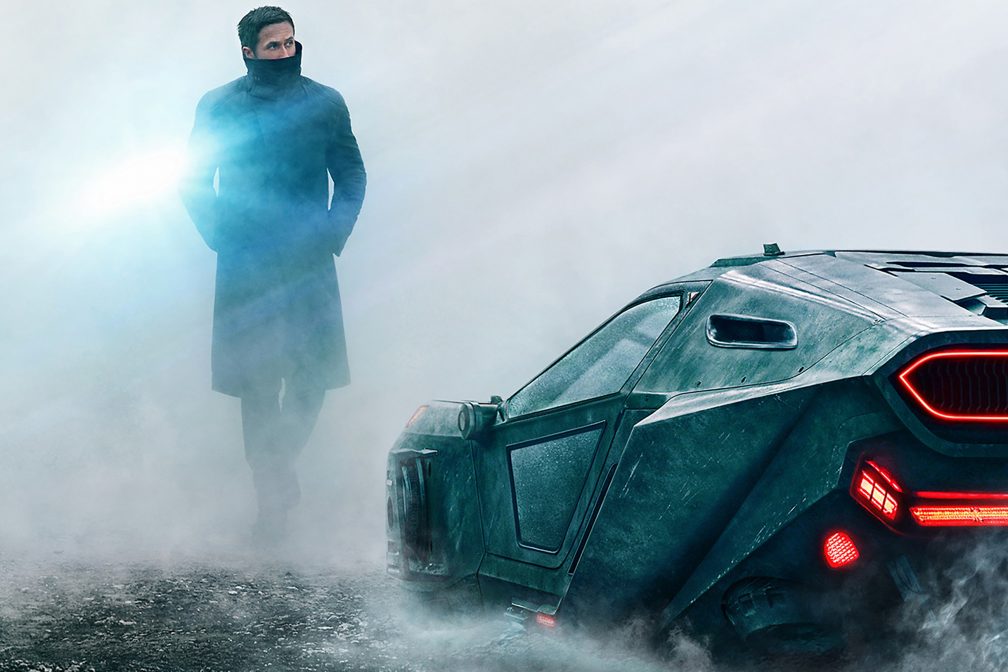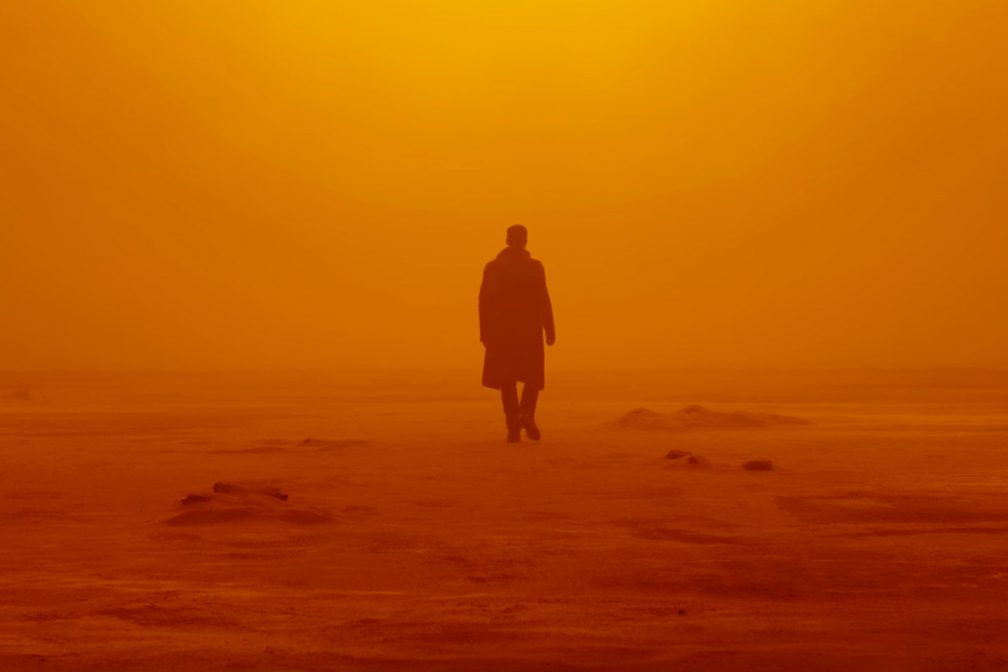
Review: Blade Runner 2049 is a truly immersive experience
Seeing is believing and this is one of the greats

However, Blade Runner 2049 is set to tear up the rule book, throw it out of the window and pulverise it with a blaster. The sequel features Ryan Gosling as K, a Blade Runner working for the LAPD who discovers an unprecedented, long-hidden secret that he must investigate. Set 30 years on from the original, we're presented with a set of very similar ongoing themes. The concept of humanity and whether a replicant can bear a soul or conscience is explored heavily as the lines are brilliantly blurred between what's real and what isn't.
Gosling's discovery in the first act leads him down a trail of murkiness, hidden agendas and conspiracies that if revealed, would alter the very world that they reside in. Of course this mission for truth and discovery takes him further down the futuristic rabbit hole and on his quest comes Harrison Ford, the original badass Blade Runner. The two have great on-screen chemistry and the reluctance of either of them to talk makes for some brilliant scenes.
In terms of visuals, Blade Runner 2049 is like nothing you’ve ever seen before, in fact, it’s like nothing that exists. The landscapes are vast and dwarfing. Most notably when the cars are cruising over never-ending city skylines, you get glimmers of neon light poking from the underbelly of a broken Los Angeles.
The colour is stark, striking and at times overwhelming. Whenever you reach a new location, the screen is awash with a new eye-bursting glow; the piercing white of snow, the rich, warm reds and oranges of a broken desert city and the startling, fluorescent neon signs that flicker and move within the city’s depths.
While the setting and environment is futuristic and out of this world, it all looks so real. The CGI is impossibly good but the best thing about it is that it doesn’t look overcooked or fake. It simply adds to the majesty rather than takes away from it. The film builds on the sweeping shots from the first and transforms them into dazzling pieces of art. Much like with the original, there are numerous panning angles of skylines and a focus on the unsaid. There’s as much fantasy in the parts without dialogue as there is when the plot moves forward.


